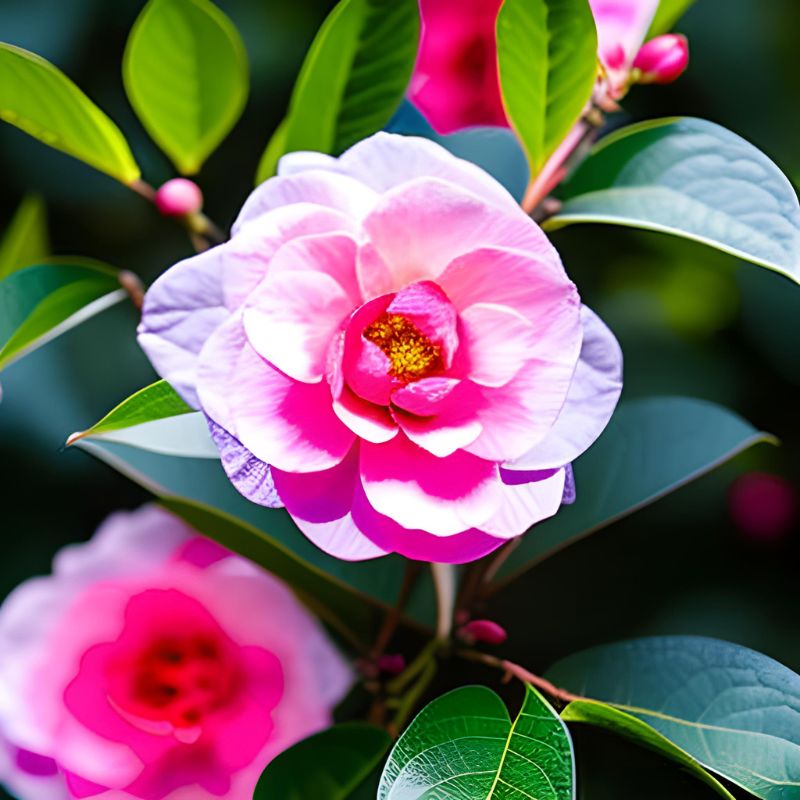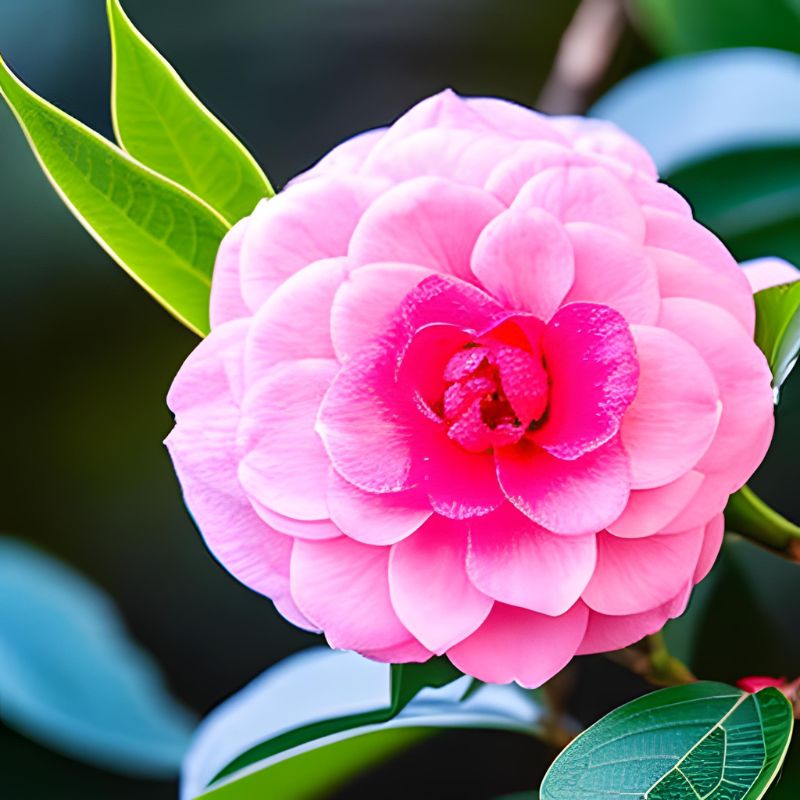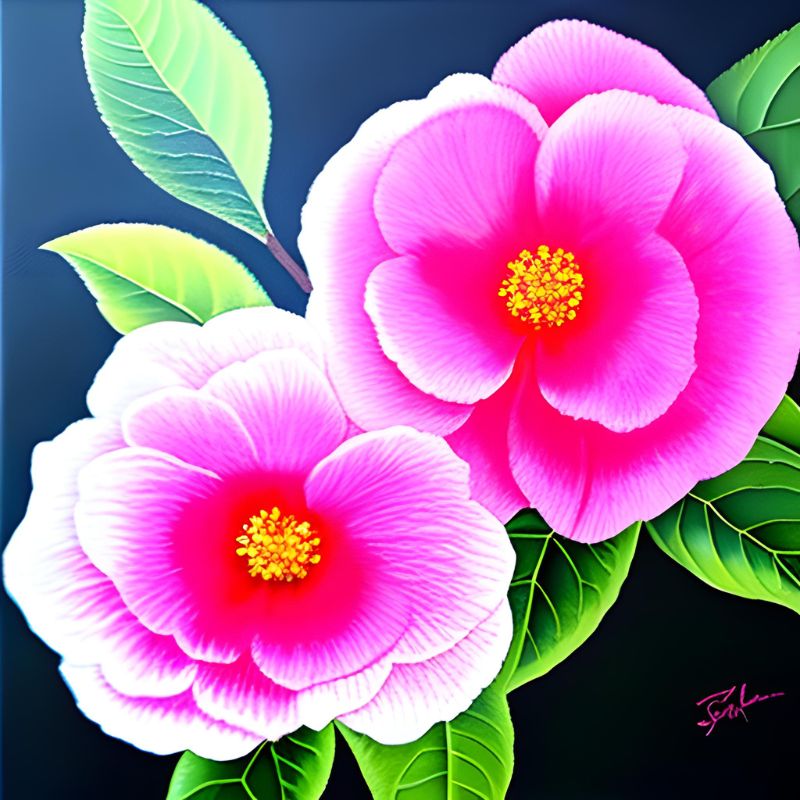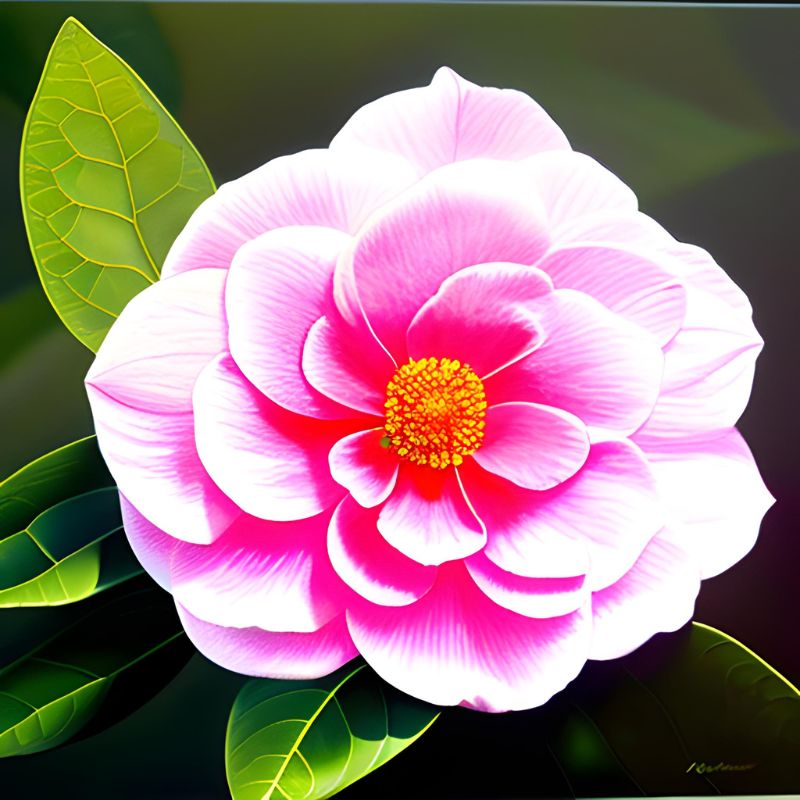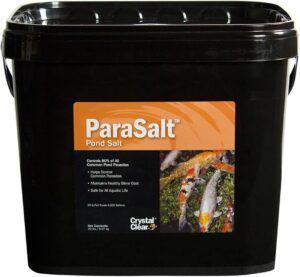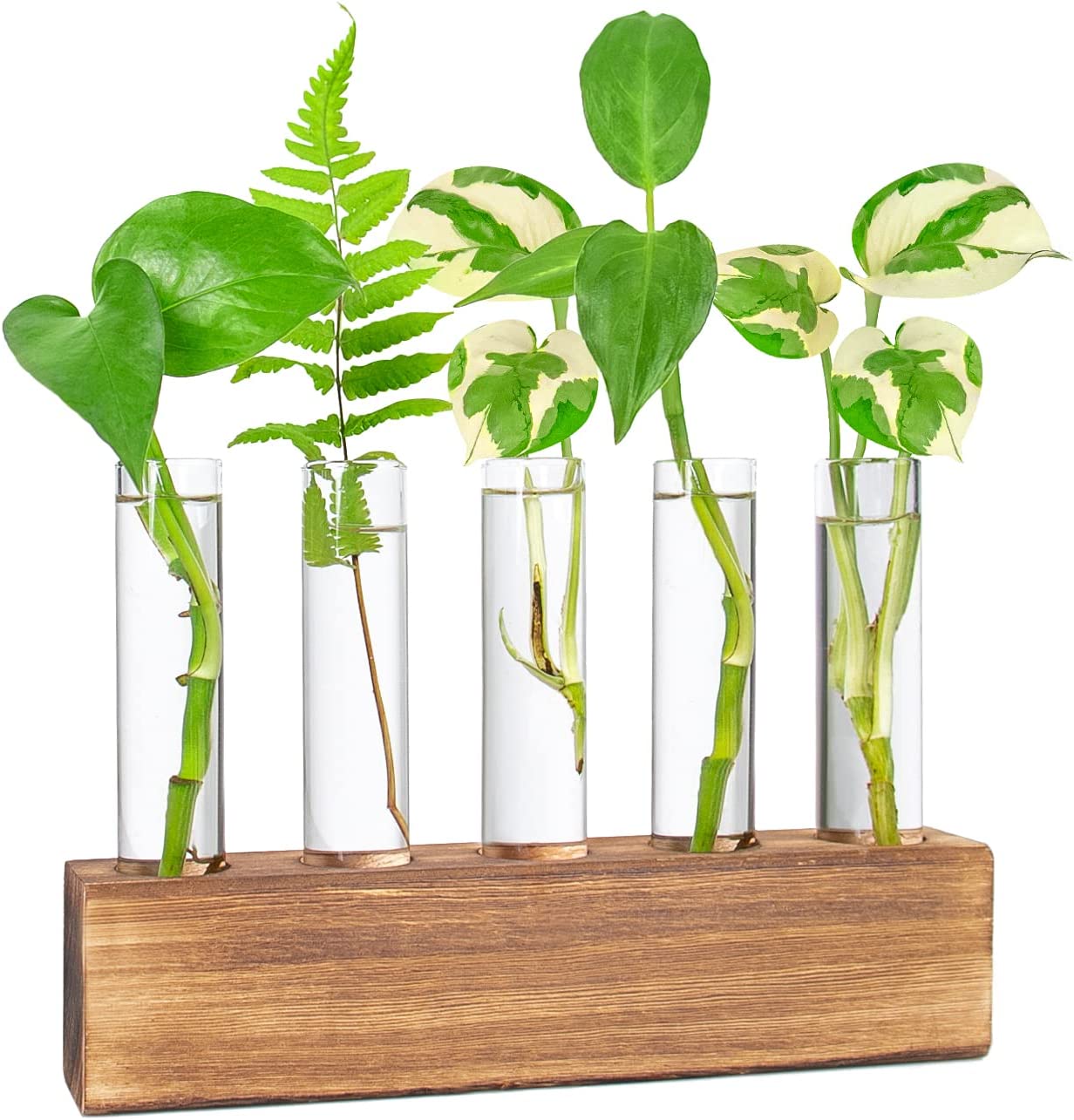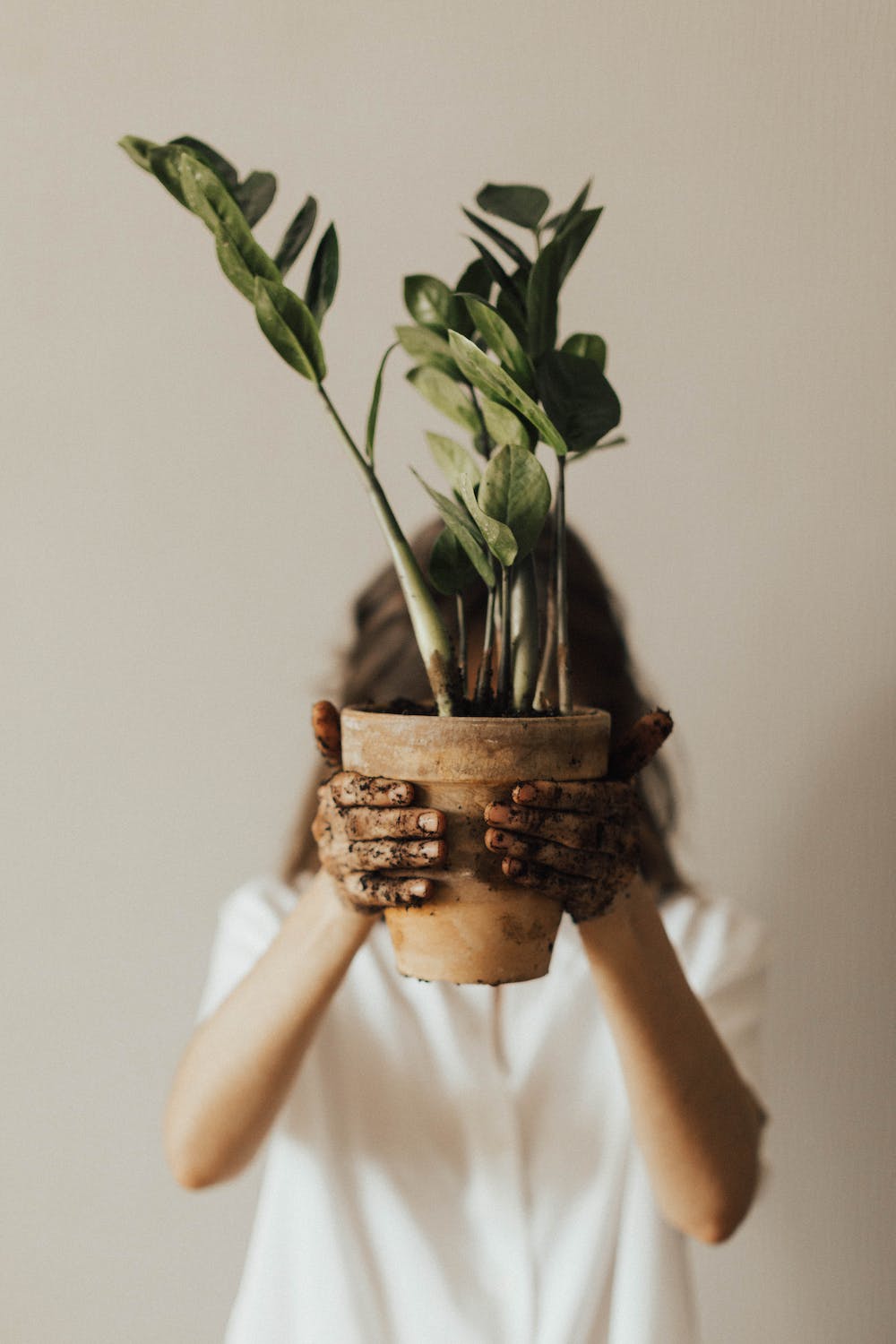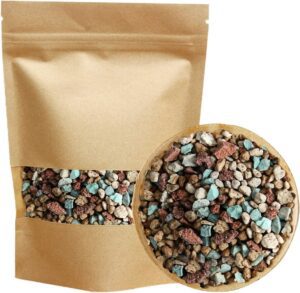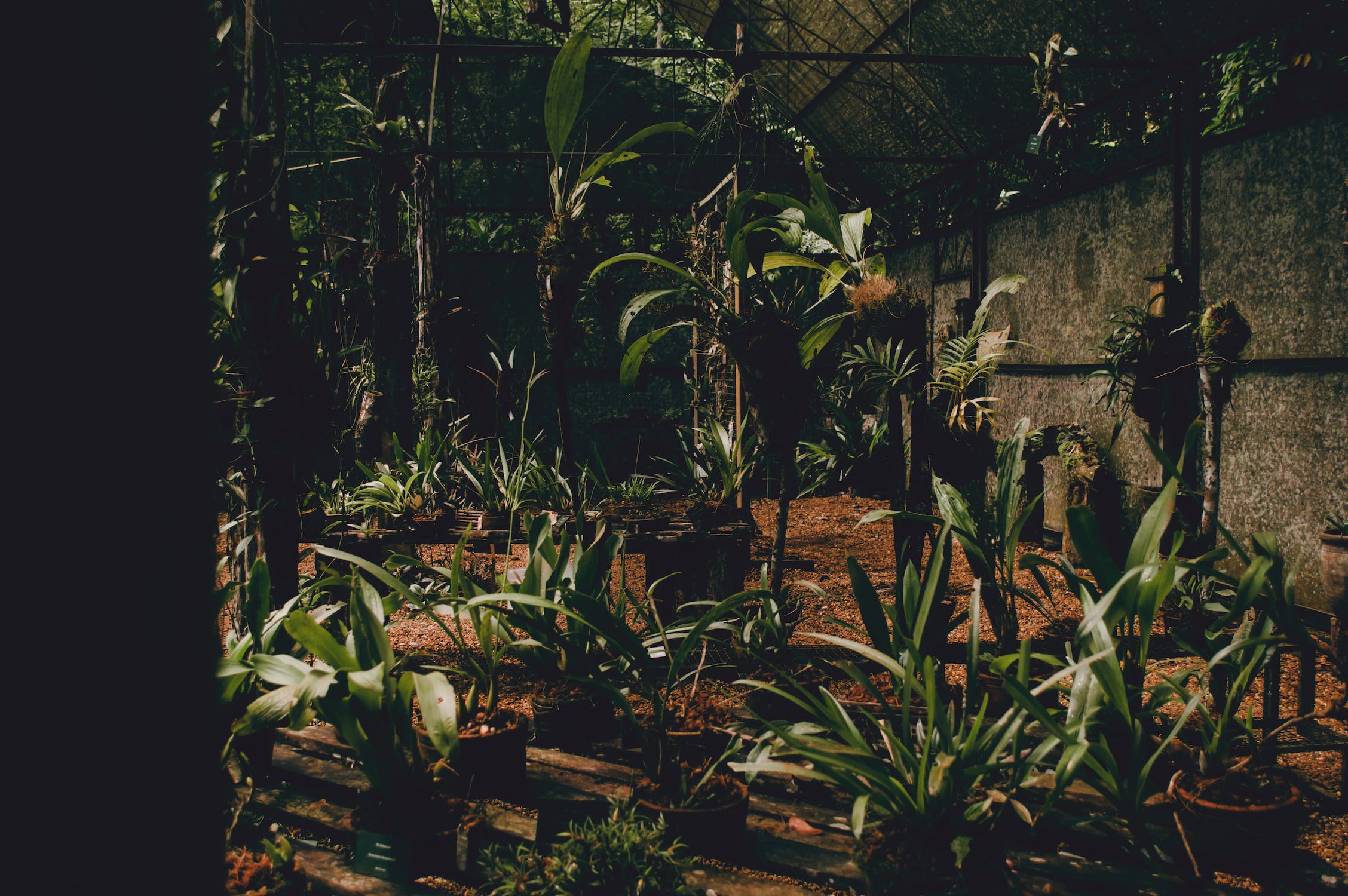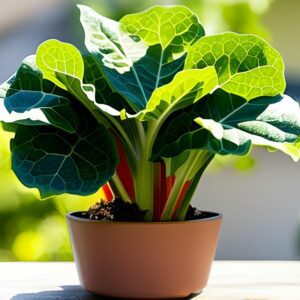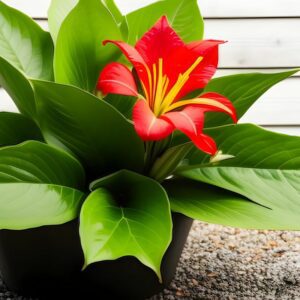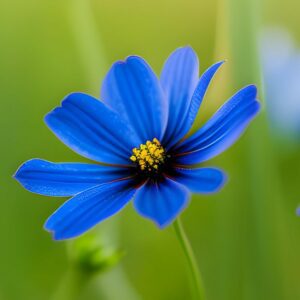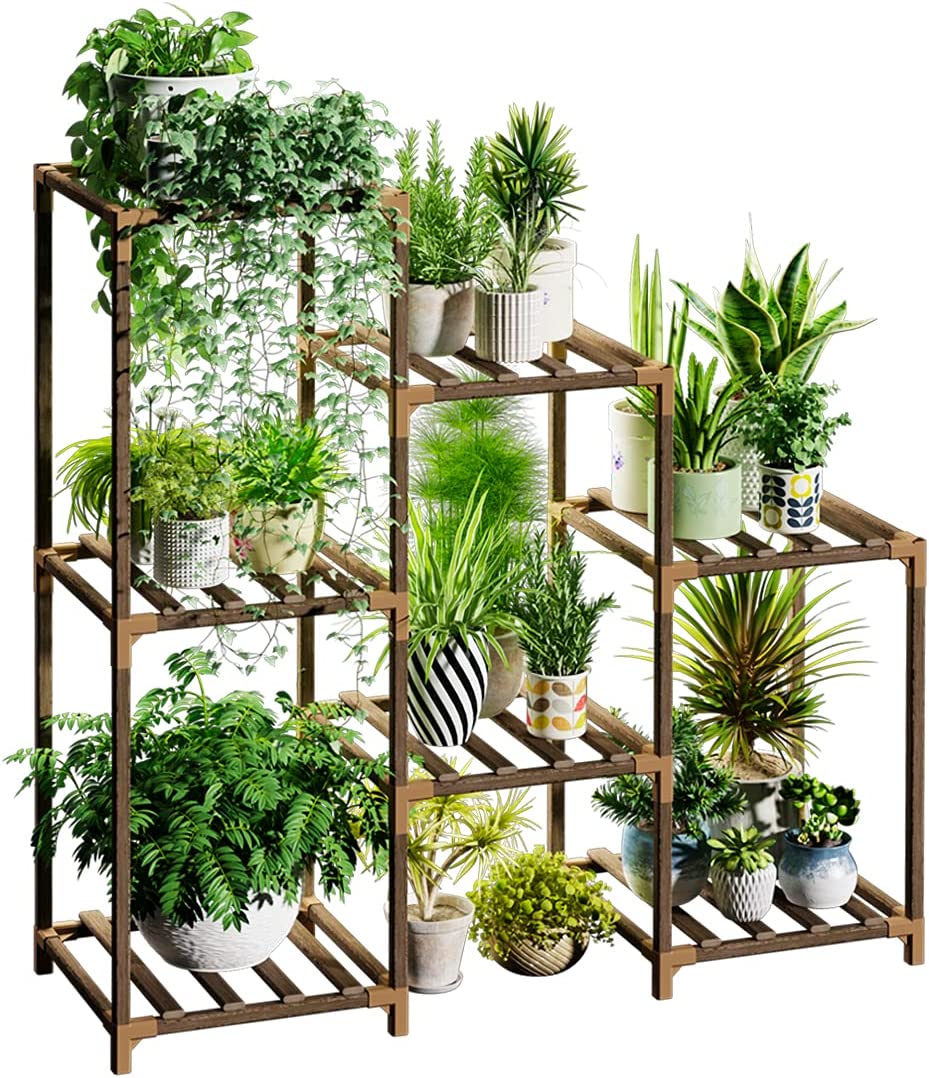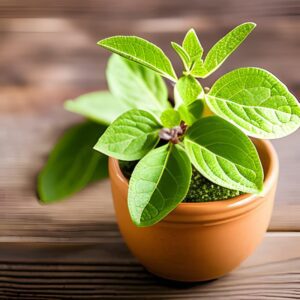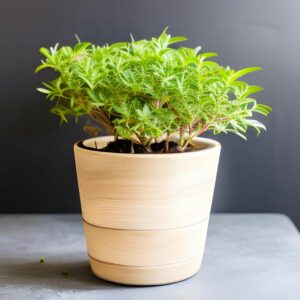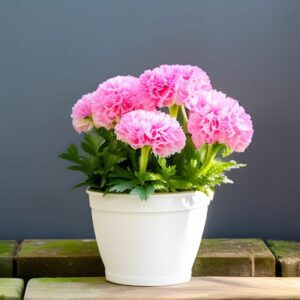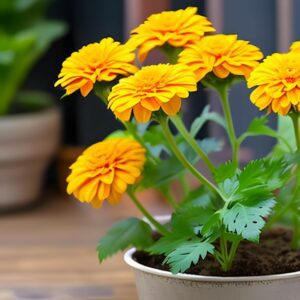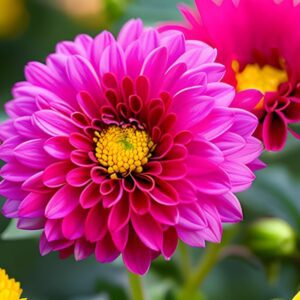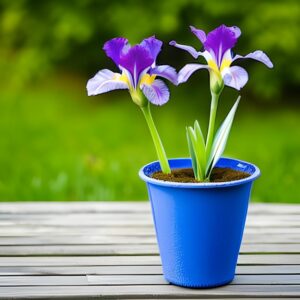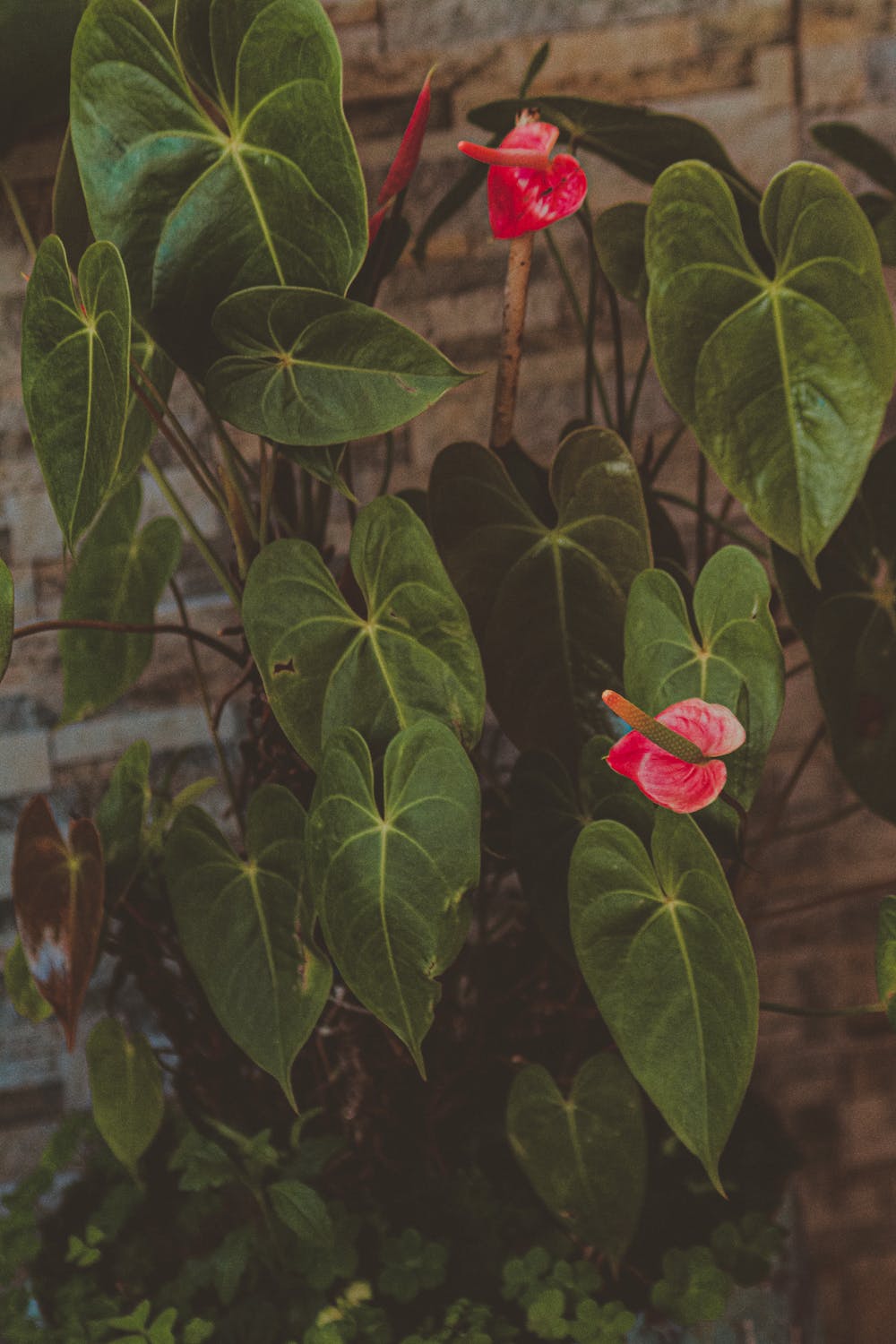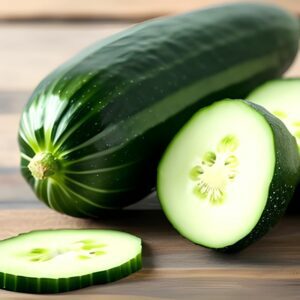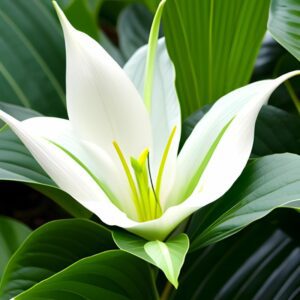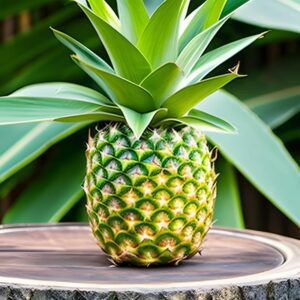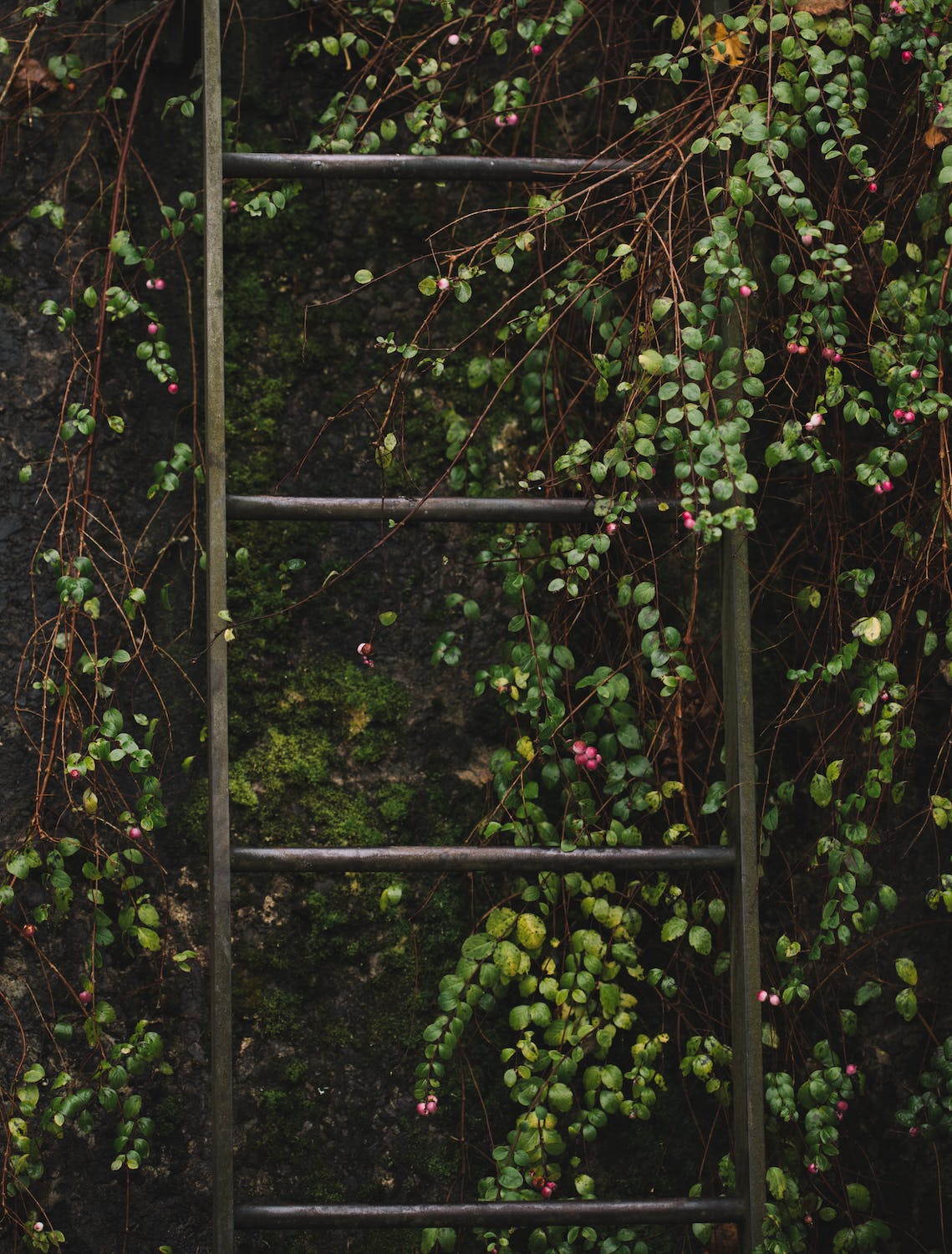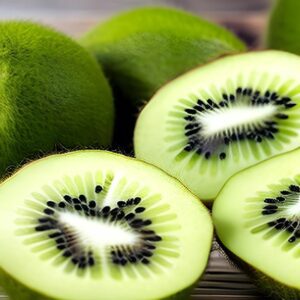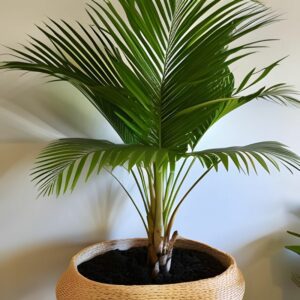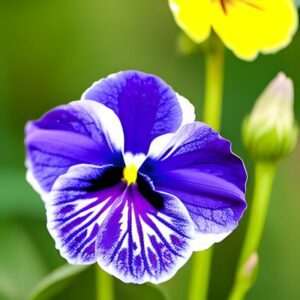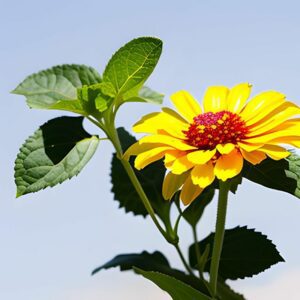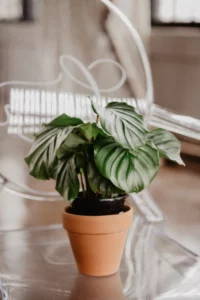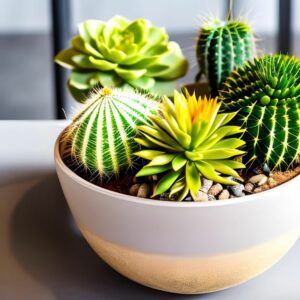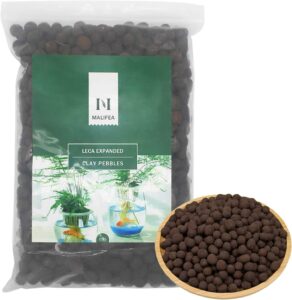Pink Camellia
Flowers
- East Asia
- Moderate
- 3-5 Years
Introduction
Pink Camellias are exquisite flowering plants that add elegance and beauty to gardens and landscapes. Native to East Asia, these camellias are cherished for their vibrant pink flowers and glossy, dark green foliage. They are a symbol of love, admiration, and beauty in many cultures.
Plant Characteristics
Pink Camellias are evergreen shrubs with glossy, leathery leaves. The flowers vary in size and shape, but they typically feature layers of delicate, pink petals. The blooms can range from soft pastel pink to vibrant shades of magenta, and some varieties exhibit captivating patterns or color gradients.
Ideal Growing Conditions
Pink Camellias thrive in partially shaded locations, protected from intense afternoon sun. They prefer well-draining, slightly acidic soil with rich organic matter. These plants are suitable for USDA hardiness zones 7 to 9, but specific varieties may have different adaptability.
Planting Guide
Plant Pink Camellias in spring or fall when the weather is mild. Dig a hole twice as wide and slightly deeper than the root ball. Place the plant in the hole, ensuring it is level with or slightly above the soil surface. Backfill with soil and gently firm it around the base of the plant. Mulch the area to retain moisture and suppress weed growth.
Watering and Fertilizing
Water newly planted Pink Camellias regularly to establish a strong root system. Provide consistent moisture, aiming for evenly moist but not waterlogged soil. Water deeply during dry spells or when the top inch (2.5 cm) of soil feels dry. Fertilize in spring with a slow-release, acid-loving plant fertilizer formulated for camellias.
Pruning and Maintenance
Prune Pink Camellias after the blooming period to shape the plant and remove any dead or damaged branches. Avoid extensive pruning, as it may reduce the following year’s blooms. Regularly monitor for pests, such as aphids or scale insects, and take appropriate measures to address them.
Harvesting or Flowering
Pink Camellias typically bloom in late winter to early spring, depending on the variety and climate. Enjoy the stunning display of pink flowers that can last for several weeks, brightening up the garden during the cooler months.
Post-Harvest Care
Pink Camellias are primarily grown for their ornamental value and are not typically harvested. After the blooming period, allow the flowers to naturally fade and fall from the plant. Continue regular care, including watering, fertilizing, and monitoring for any signs of pests or diseases.
Troubleshooting
Pink Camellias are generally hardy, but they can be susceptible to certain pests and diseases, such as tea scale or camellia flower blight. Regularly inspect the plants for any issues and take appropriate measures, such as using horticultural oil or contacting a professional for assistance.
Fun Facts
Camellias are named after botanist and missionary Georg Kamel. In some cultures, pink camellias are associated with love, romance, and affection. Pink Camellia flowers are also used in floral arrangements and can be enjoyed as cut flowers.
